With no electricity, water, or phone signal, Sao Ha village is located in the middle of the wild and remote Van Chai jungle, and is the setting for the hit horror film "Tet in Hell Village".

Sao Ha village, located in Kho Cho hamlet, Van Chai commune, Dong Van district, Ha Giang , is home to the Mong people, located in the middle of the Van Chai old forest. The village is the setting for the movie "Tet in the hell village" which premiered at the end of October and "The soul eater" - the sequel film, premiered in December.
"Tet in the Hell Village" is a Vietnamese historical horror television series adapted from the novel of the same name. The content revolves around an isolated village deep in the forest called "Hell Village", a retreat of descendants of a notorious bandit gang. Due to the crimes of their ancestors in the past, the villagers encounter strange events that occur right on the occasion of the Lunar New Year.
With no electricity, no water, no phone signal, the village has a desolate, depressing feeling, suitable for the atmosphere of the film, commented Mr. Giang A Phon, Director of a travel company in Ha Giang, who visited the village on November 9.

From Yen Minh district, Mr. Phon went through a nearly 17 km long pass with hairpin bends and long slopes. At the foot of Tham Ma slope, he went about 4 km more to reach Van Chai commune.
To reach Sao Ha village deep in the forest, visitors can travel by motorbike on a road about two kilometers long, with many dangerous curves. If traveling on foot, it will take visitors from 30 minutes to an hour depending on their speed. "The road to Sao Ha is a trail, with jagged rocks and many steep sections, requiring a steady hand," said Mr. Phon. The road goes through a forest and a temple to worship the forest god. The village elders told him not to call each other's names in the forest to avoid bad things following him.

In the Mong language, Sao Ha means "high valley", located at an altitude of about 1,500 m above sea level. The road to the village is often covered in fog, especially in winter. This is also the road that appears many times in the movie "Tet in Hell Village", when the character Thap - the village chief - brings goods down the mountain to sell and returns.

The characteristic of Sao Ha village is the stone fences about 1.5 m high. The stones are placed closely together, without any adhesive material but are sturdy, have not fallen over for decades, and are covered with green moss.

In the village, there are 22 Mong households, all with the surname Vang, living in one area. The rammed earth houses (house walls made of earth, with yin-yang roofs) are located in clusters, surrounded by a primeval forest of about 500 hectares.

Due to the rugged terrain, the villagers live a self-sufficient life. Around the village, people grow flax to make raw materials for weaving.

Growing corn is a traditional and popular job of the residents living in the Dong Van stone plateau in general and the people of Sao Ha village in particular. Their main dish is men men (corn rice).
The adults go to work in the fields in the morning and return in the evening. During the day, the village is quite deserted, with only a few children playing or grazing cattle on the road, Mr. Phon said.

Coming to Kho Cho village, visitors will hear about an old story related to Hang Phi. Around 1957 - 1958, Vang Van Ly was the leader of a notorious bandit group (local robbers) who fought against the government. When he failed, Vang Van Ly and his children hid in a mountain cave in Van Chai commune.
After Vang Van Ly was persuaded to surrender, the people's lives here returned to peace. The current Phi Cave is believed to be where Vang Van Ly is hiding.

Besides the primeval forest and Phi Cave, Sao Ha also has a bamboo forest, ancient houses, and Sao Ha temple for tourists to visit. Currently, there are no tourist services in the village, so some groups of visitors choose to camp in the bamboo forest, enjoying the fresh air and quietness in the middle of nature.
Sao Ha is most beautiful in spring when the peach blossoms bloom, dispelling the cold, quiet atmosphere of the village.

Some travel agencies have conducted surveys and planned to build experiential tours connecting Van Chai with neighboring communes. However, the road from the commune center to the village is only about one meter wide, just enough for two motorbikes to pass each other, which is the biggest bottleneck. Due to its high altitude, the frequent lack of water is also a limitation for tourism.
Along with development, some traditional cultural features such as rammed earth houses, yin-yang tiled roofs, and stone fences tend to be lost and replaced by concrete. Therefore, the Dong Van district government plans to include Kho Cho and specifically the Sao Ha household group in the list of villages that need to preserve traditional values and exploit and use tourism resources reasonably, according to the Dong Van district website, Ha Giang province.
(According to Vnexpress, November 21, 2023)
Source


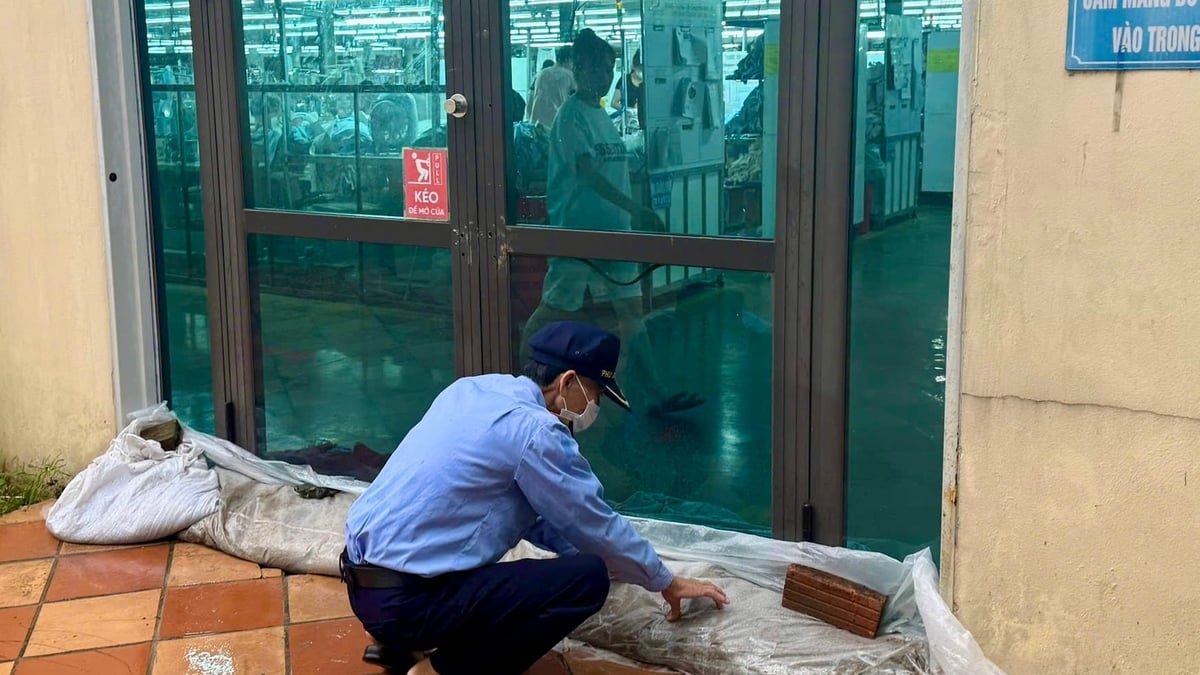
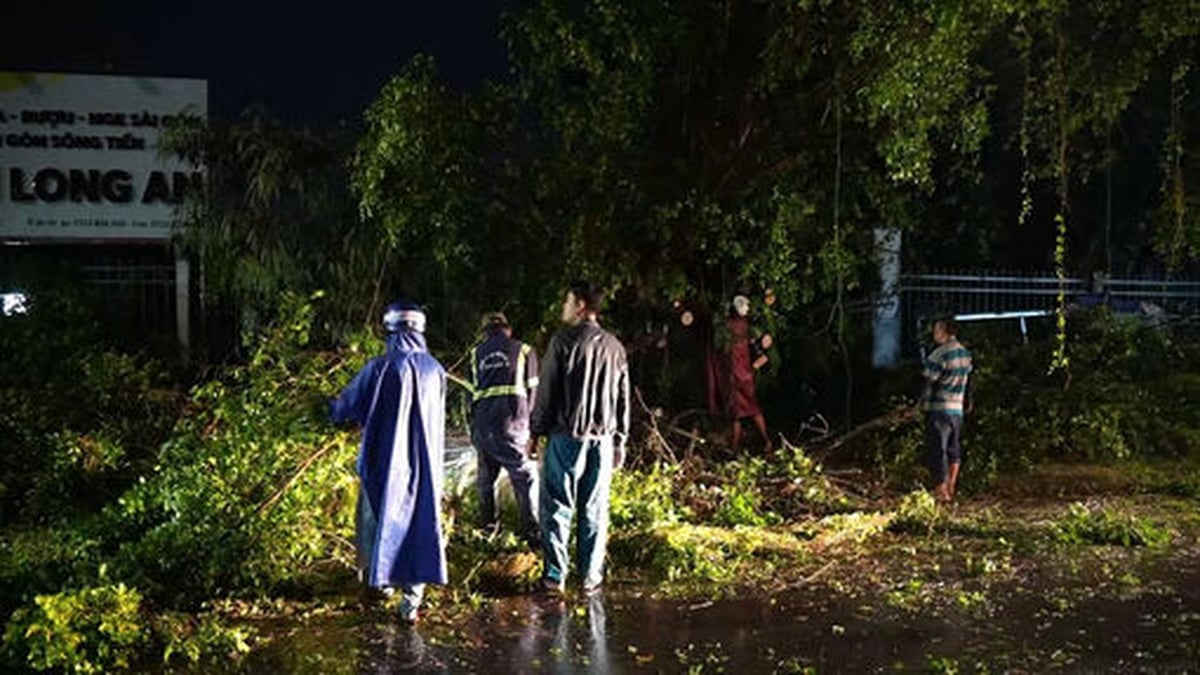
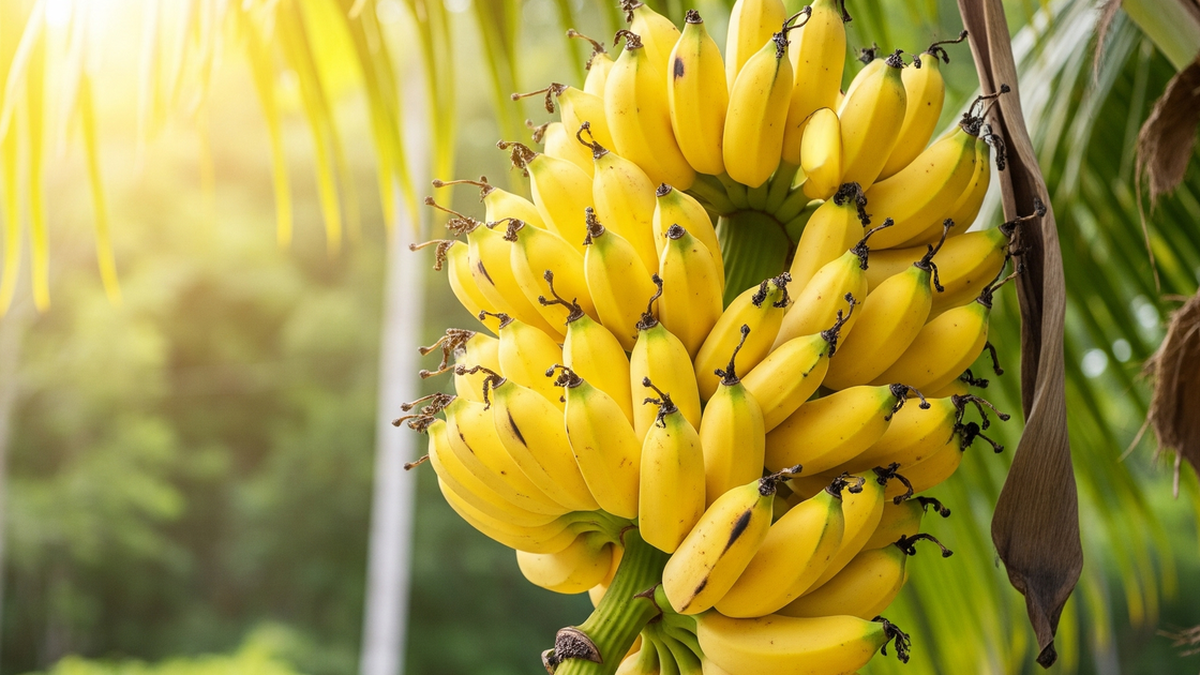

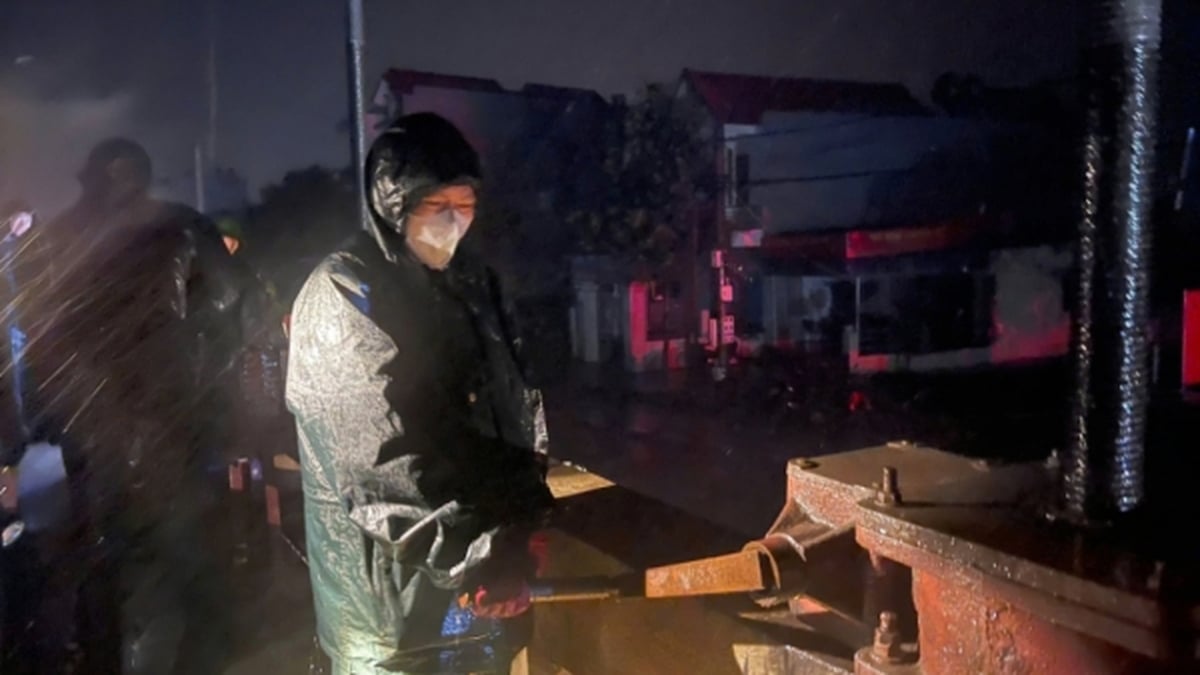

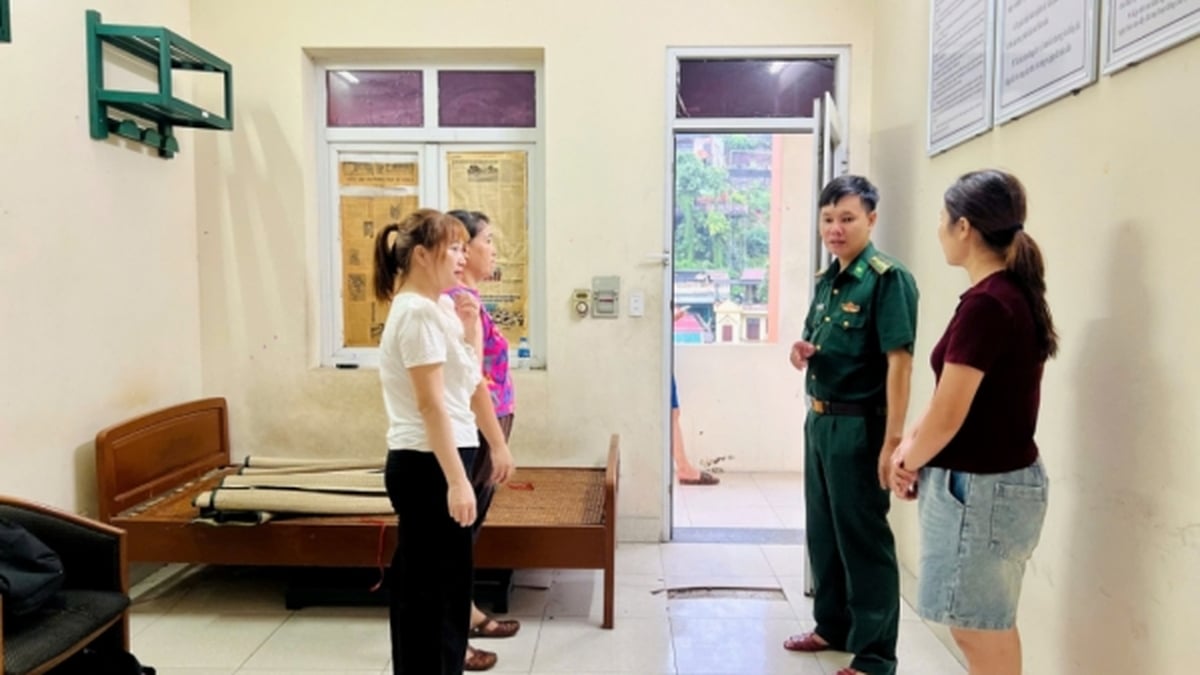

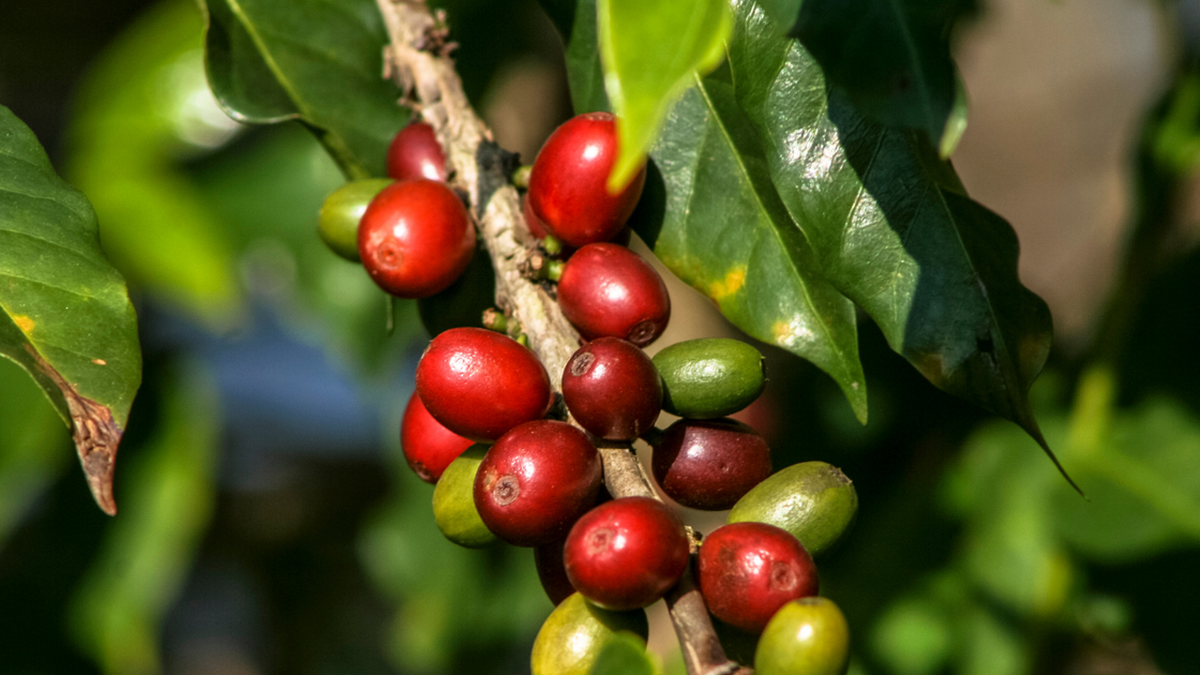
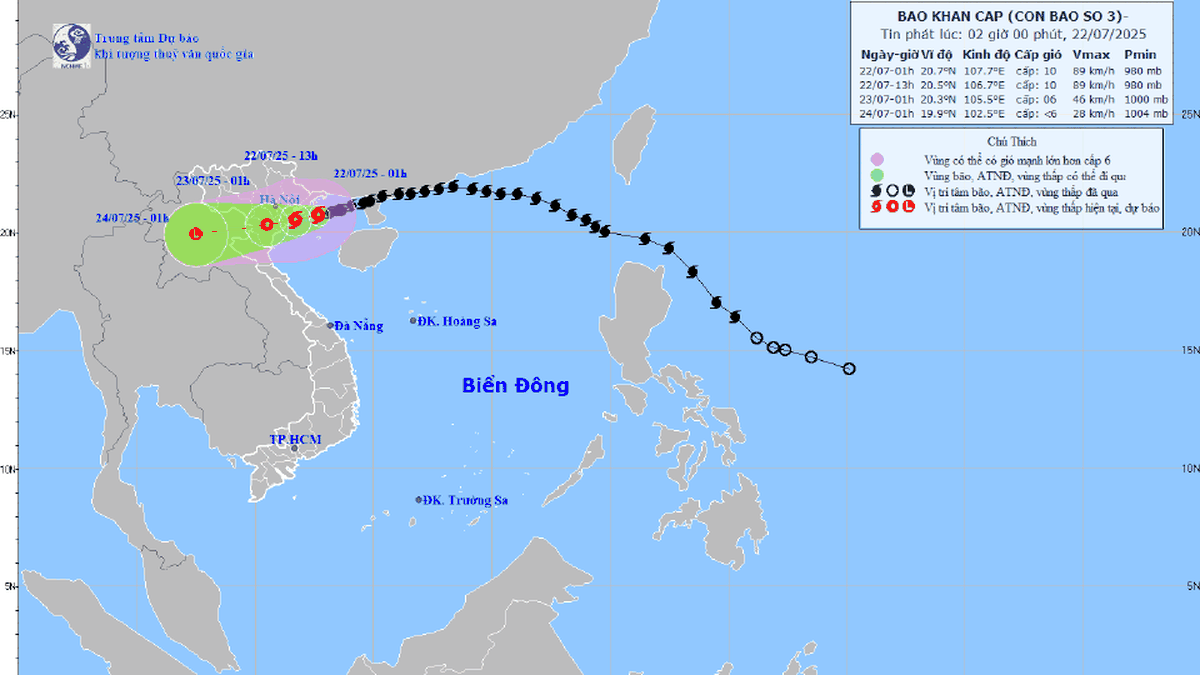












![[Photo] National Assembly Chairman Tran Thanh Man visits Vietnamese Heroic Mother Ta Thi Tran](https://vphoto.vietnam.vn/thumb/1200x675/vietnam/resource/IMAGE/2025/7/20/765c0bd057dd44ad83ab89fe0255b783)












































































Comment (0)